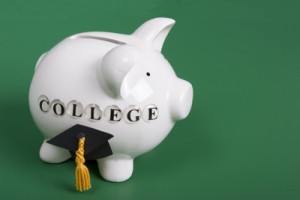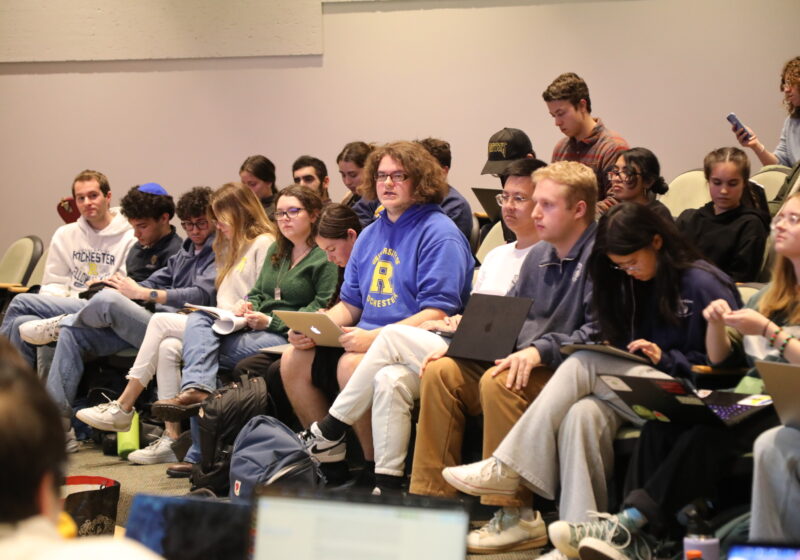Aside from erratic economies here and abroad, the rising cost of college tuition has been one of the hottest topics of the past few years.
From the GOP debators to the protestors on Occupy Wall Street, and even right here on campus, we all cringe at the seemingly perpetual rise in tuition costs. But, as is the case with many other overvalued goods and services, it is the government that has propped up the cost of attending colleges.
Since 1990, tuition has increased 428 percent for four-year public colleges, federal student loans have increased 139 percent over the past 10 years and the amount of student loan debt in the nation is approaching a staggering one trillion dollars.
In response, President Obama recently laid out a plan in an attempt to relieve thousands of college students from the hefty loan burden that comes with a college education. Despite Obama’s efforts, however, the numerous federal aid programs and subsidies call eerie similarities to the housing bubble.
Just as we see with college tuition, the boom in the housing market was caused largely by artificially low interest rates. With the case of housing, low interest rates helped fuel malinvestment in the sector, which eventually led to its bust. I fear that this is the same path higher education is taking. Like many other booms in economic history, cheap credit has fueled the demand for higher education. Passing the burden onto taxpayers by bailing out students from loans and subsidizing students’ college education through federal aid programs is dangerous.
This is a classic case of perverse incentives provoked by the government’s tinkering of market mechanisms. What incentive do colleges have to keep costs low if the federal government has the ability to bail students out from loans, or to provide the loans in the first place?
What’s stopping colleges from price discriminating (tuition discounting) if the Free Application for Federal Student Aid (FAFSA) discloses a family’s financial position? And above all, what is the incentive for students to major in something practical if the cost of college is concealed? As long as the government continues to finance college education, we will continue to malinvest and pump up an unsustainable bubble.
From parking lot attendants to wait-staff, we see the effect of federal tuition aid programs everywhere. In fact, over 17 million Americans have jobs that do not require a bachelor’s degree. Indeed, it is not clear that the quality of education has increased with its cost.
Sociology professors Richard Arum, of New York University, and Josipa Roksa, of the University of Virginia, have noted in their book, “Academically Adrift: Limited Learning on College Campuses,” that many undergraduates did not show any significant improvement in critical thinking or writing skills upon graduation. In their study, 36 percent of students studied five or fewer hours per week and, despite that, managed to pull off an average GPA of 3.16.
When all is said and done, the Obama administration needs to ask the question: Is college worth it? Billions of dollars in federal grants, aid packages and loans paid for by the taxpayer have helped contribute to skyrocketing tuition. Though it may very well be the case that the marginal cost of producing college education has increased, there is no doubt that when you increase the demand for higher education through federal student aid, you will increase the price. This is a direct consequence of downward sloping demand curves and of intervening in the marketplace.
Obama’s proposal for more Pell Grants and larger financial aid programs to quell rising college costs is simply adding fuel to the fire. If we truly want to make college accessible and affordable to all, then we ought to free up the market. Competition is what drives prices down and quality up.
There is nothing wrong with the noble intentions of our central planners in instituting federal student loans. After all, investments in human capital can only be good for the nation. But when you artificially raise the demand while supply stays rigid, you change incentives for the worse. The higher education boom is coming to an end and a bust is creeping in.
The federal student aid program we have today is not the path to prosperity, it is a path of deceit — it is, as F.A. Hayek would say, “the fatal conceit.”
Yuwono is a member of
the class of 2014.




